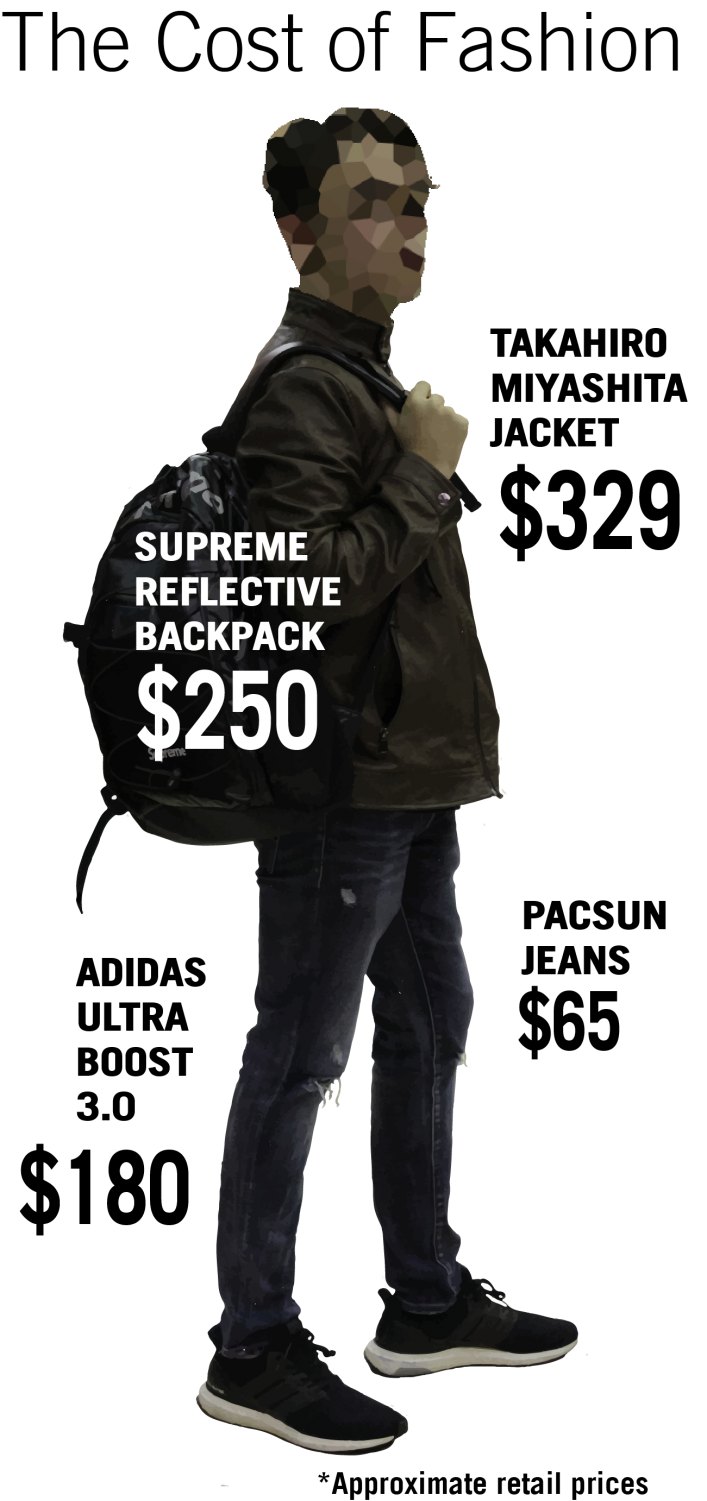 In the fall and winter of 2015, countless videos went viral depicting thousands of people waiting in line for 10 hours outside department stores for a crowbar that the New York skate clothing line Supreme released. The only thing setting this product apart from other crowbars was the company name emblazoned down the side. Brands like Supreme, Louis Vuitton and Gucci are extremely expensive and with a ridiculous markup from their factory price, that feeds the clothing industry and makes them more powerful.
In the fall and winter of 2015, countless videos went viral depicting thousands of people waiting in line for 10 hours outside department stores for a crowbar that the New York skate clothing line Supreme released. The only thing setting this product apart from other crowbars was the company name emblazoned down the side. Brands like Supreme, Louis Vuitton and Gucci are extremely expensive and with a ridiculous markup from their factory price, that feeds the clothing industry and makes them more powerful.
For example, a pair of Adidas YEEZY Boost 750s—which were released in the summer of last year—cost $76 to manufacture, and hold a retail value of $350, nearly a $300 markup, and can also be found online today at 300% their original selling price. At the same time, glorification of these brands is killing something vital in the development of young people: their individuality. These clothes are worn with misplaced intentions, gradually turning the world’s youth into mindless bandwagoners who foolishly hold loyalty to a brand purely for its reputation and use by celebrities.
While the apparel industry may be flawed, it should be noted that designer clothes deserve some level of respect, just as any art form should. Clothes are an integral part of the culture of humanity, and have been since we existed. They express and recognize changes in society. They show how we as a species evolve and adapt creatively, many artists putting their life and artistic signature into the pieces they produce.
However, there are other ways to express creativity through clothing- namely, thrifting, or buying secondhand clothes. Since the Seattle artist Macklemore became a pop icon with his humble beginnings and secondhand fur jacket, thrifting has revolutionized culture of buying clothes. Truly an expression of freedom and style, thrifted items can range from an elegant blouse to a tornup denim shirt decades past its prime.
With the excitement of finding them and developing your style, these clothes offer a much more fulfilling experience than the expensive, hyped-up clothes from name brands. Thrifting is also a very fast growing industry, a job market currently worth 17 billion dollars with a projected annual growth rate of 3 percent for the next 20 years.
What thrifting offers the world is something very important: sustainability. Or rather, the ability to elevate the concept of sustainability in the eyes of the public and make it stylish.
The toll of pumping out new lines of clothing year after year is far too massive for the earth to maintain. A study from the One Green Planet Organization reported that it will take on average 5000 gallons of water to produce enough cotton for a single shirt. That is roughly how much water the average American household will go through in a month. To worsen things, millions of tons of unused fabric at Chinese mills go to waste each year when dyed the wrong color.
This glorification of reusing old clothes is encouraging people to ultimately reduce, reuse and recycle. Doing so effectively saves 400 million pounds of carbon dioxide from entering the atmosphere for every 100 million pounds of clothing that is reused, according to Planet Aid.
Outside of helping the environment, the thrifting is helping teens who in the past would feel self conscious about the handme-downs they wear and are now strutting through the hallways proudly, liberated from the fear of being criticized for their financial status.
And profoundly, it even boosts their sociability by giving them the opportunity to go and pick out clothes with their friends at a store that they can afford without embarrassment.
So next time you’re looking at a hyped-up sweatshirt or shoes online, think about how much better it would be to hype up the environment and world around you.




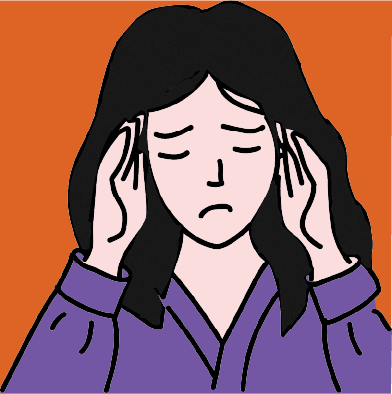
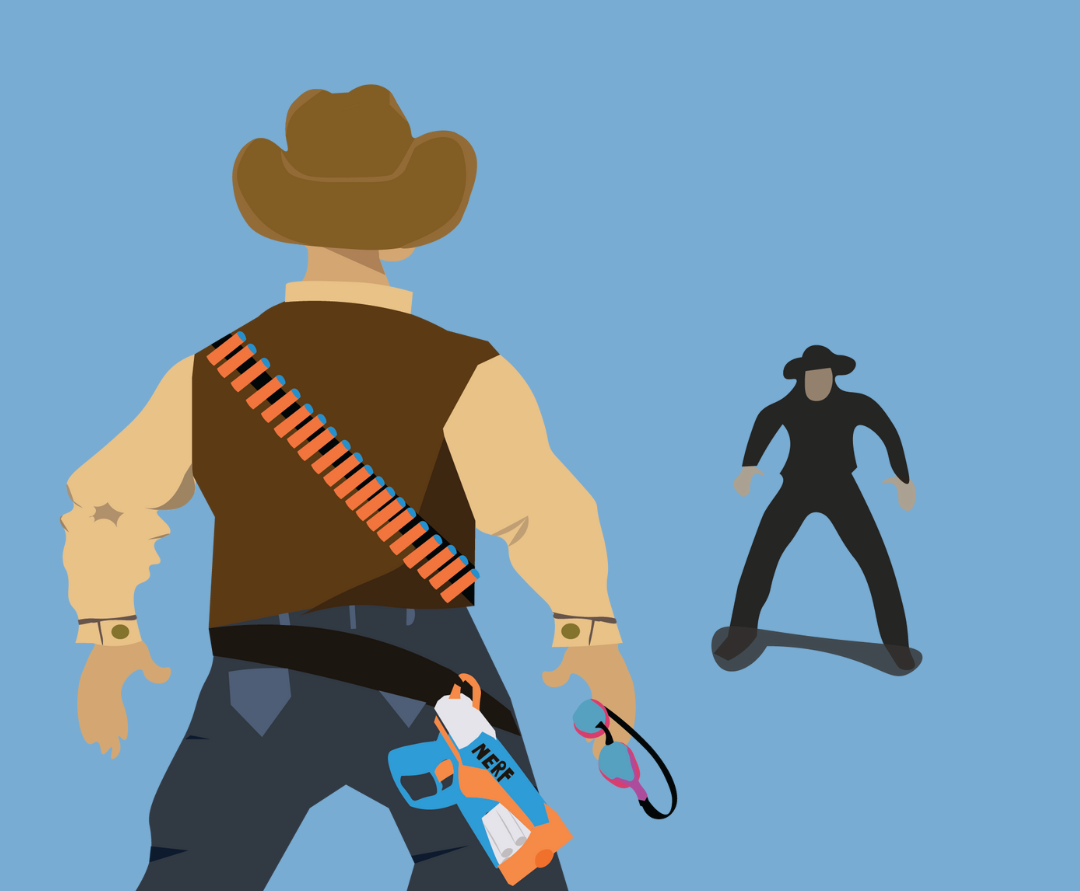

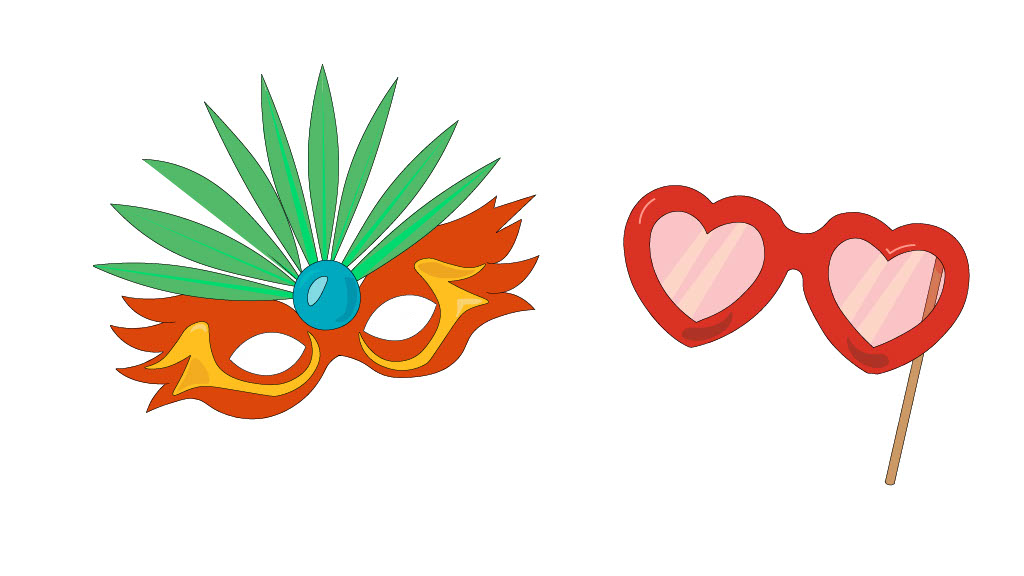
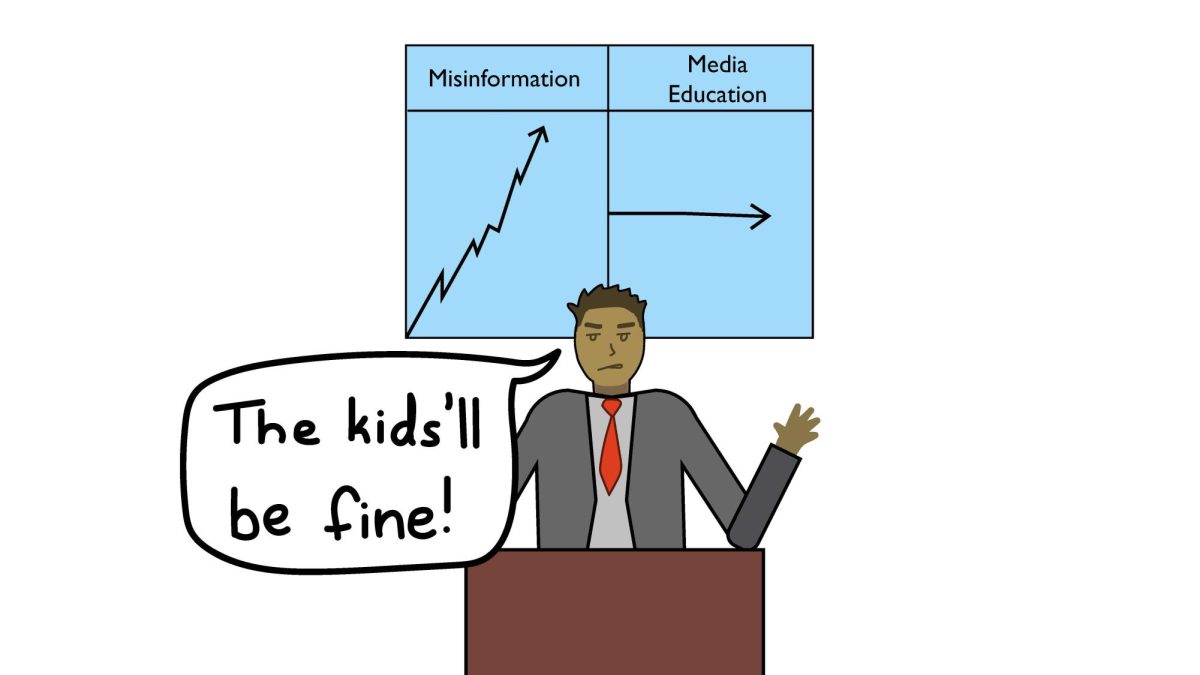







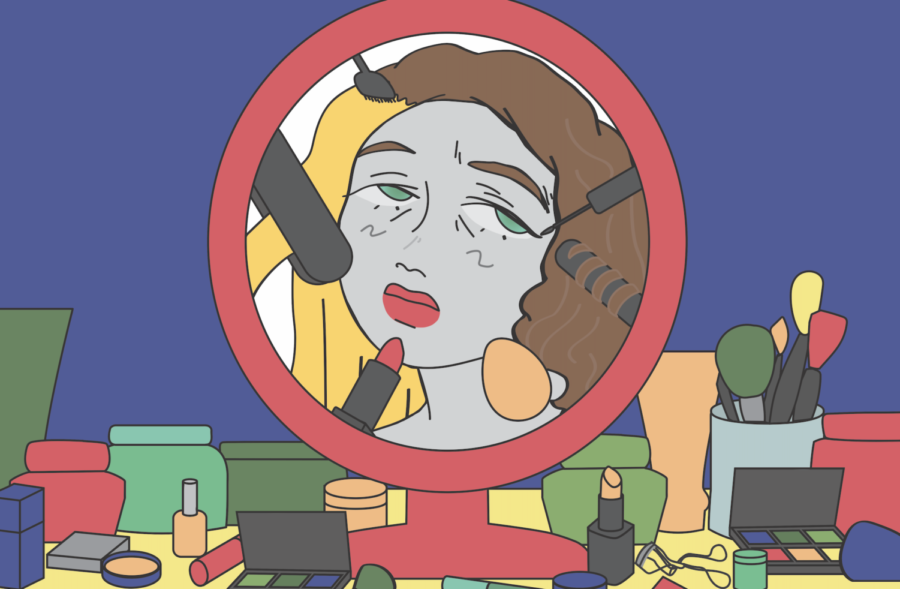





Victoria • Oct 21, 2019 at 12:31 AM
Exceptional piece here, Christian! What lovely insight on such an impactful issue among the youth of today. Way to put a positive spin on things. Do you have sources for some of your statistics?